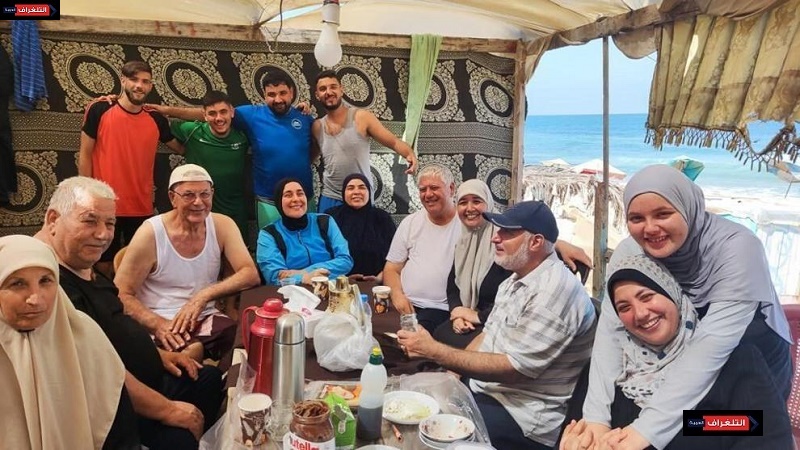
In the end, “disappointed” was the word used by Simon Charlton, chief executive and chief restructuring officer of the Al-Gosaibi family business partnership after a judge in the Cayman Islands dismissed their claim for $4 billion in damages from the liquidators of businesses formerly owned by their erstwhile family member-turned-enemy, Maan Al-Sanea.
The ruling could be the decisive act in a near decade-long scandal that rocked Saudi Arabia’s financial community, cost the Kingdom’s banks — and around 100 others around the world — billions of dollars, and wrecked the lives of many people who lived through it.
Charlton’s disappointment must carry a capital “D.” It was not just that the Al-Gosaibi kitty to repay $6 billion to creditors had been massively reduced, putting further strain on the family’s already “limited” resources; nor the fact that tens of millions of dollars have been paid out — to lawyers, accountants and other advisers — that could have gone to the family or to creditors; nor even the fact, which must have been personally galling, that he had invested nearly 10 years of prime executive career-time on an action brutally thrown out by the Cayman judge.
Much more disappointing would have been the terminology used by the judge in dismissing the claim. He said that the Al-Gosaibis, who have spent several years and plenty of money on a campaign to present themselves as victims of a fraud perpetrated by Al-Sanea, were “complicit” in the whole affair.
And not just in any old affair, either, but in what the Cayman judge called “one of the largest Ponzi schemes in history,” with a value of $126 billion attached to it. For long-term watchers — it has been going on for nine years — that was a new and startling figure.
Previously, the accepted value of the damage done by the collapse and default of the Al-Gosaibi and Al-Sanea family businesses in May 2009 was thought to be in the $20 billion range. By its nature, a Ponzi scheme has a large element of double counting, but even so, a $126 billion tag took the breath away.
The judge ruled that most of the Ponzi element occurred in Money Exchange, part of the Al-Gosaibi business, which took out billions of dollars of loans. The family said it knew nothing of the true extent of the borrowings here, but again the Cayman judge was having none of it. Instead, he found “conspiracy” by the Al-Gosaibis and Al-Sanea to defraud the banks.
There have been suggestions before that the family might have turned a blind eye to Al-Sanea’s activities as long as he kept them in the money, but the Cayman judge went much further than that. It was instead “their knowing assistance in his alleged fraud and their knowing receipt of the massive proceeds of that fraud.”
In 2011 a London court unearthed documents that showed some documentary collusion between a senior Al-Gosaibi executive and Al-Sanea. To some degree the writing was on the wall back then, but the Cayman ruling takes the Al-Gosaibis’ alleged culpability to a whole new level.
What had previously been regarded as a “familly feud” looks more like a “family fraud” in the light of the Cayman ruling. The 20-odd members of the Al-Gosaibi family allegedly conspired with Al-Sanea; the befuddled banks are the helpless victims; and the liquidators to the Cayman companies, including Grant Thornton, look like heroic defenders of justice.
Not all the narrative is entirely convincing, even after the Cayman verdict. What kind of conspirator are you if you allow your alleged partner in crime to get away with the cash, while you take the legal liability?
Maybe the Al-Gosaibis were asleep at the wheel, but there is a difference between that and driving the car wide-eyed and at full speed down a crowded pedestrian street, which was the metaphorical effect the scandal had, and is still having, on the lives of many people
in Saudi Arabia.
Is it worth appealing the Cayman verdict? There are probably some legal and factual grounds for doing so, and the lawyers will always find a reason to eke out the lucrative process. But, having gone this far, there is also probably an obligation on Charlton and his team to see it through to the end.
He has been steadily working away at securing the agreement of creditors to a deal that will pay them some, at least, of the cash that vanished back in 2009. He also has an award of $2.5 billion against Al-Sanea — which the Cayman judge left in place — which becomes even more important now. Importantly, the judge struck out an Al-Sanea counterclaim.
The Saudi authorities have been understanding so far of the Al-Gosaibis’ and Charlton’s attempt to do the right thing by the creditors. The Cayman ruling, and the strong language in which it was couched, could upset that painstakingly negotiated but fragile settlement.












